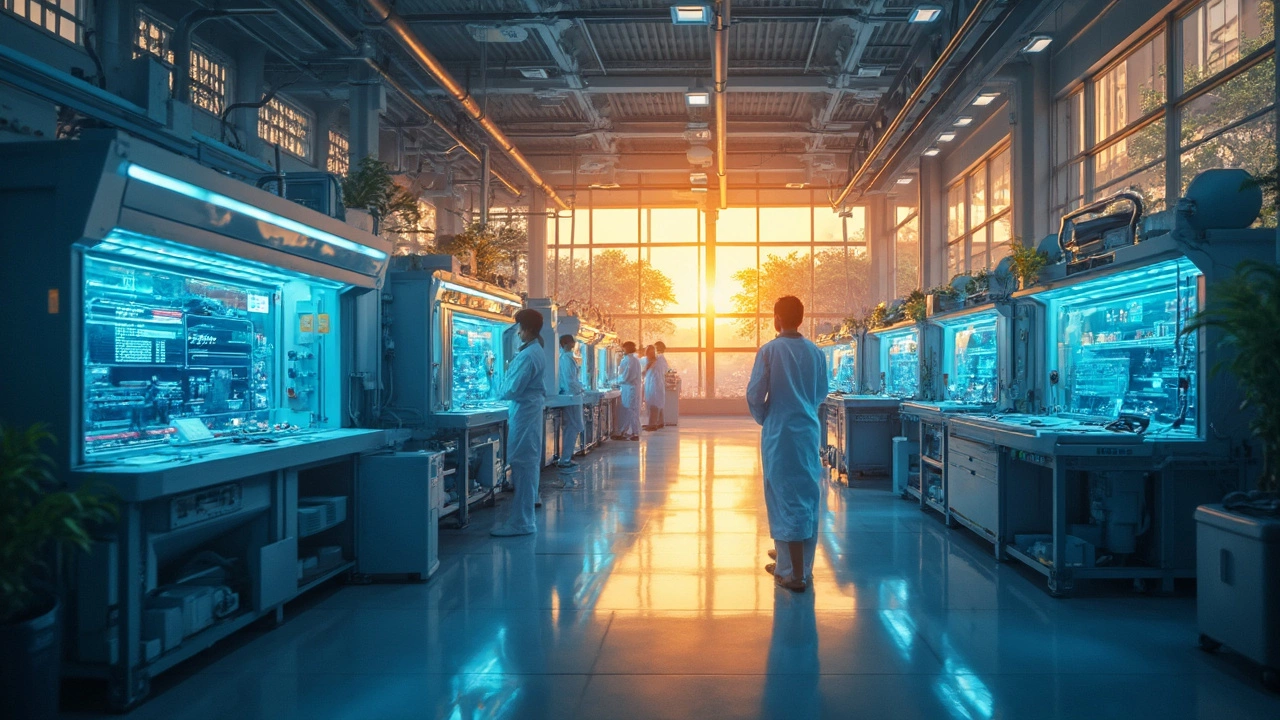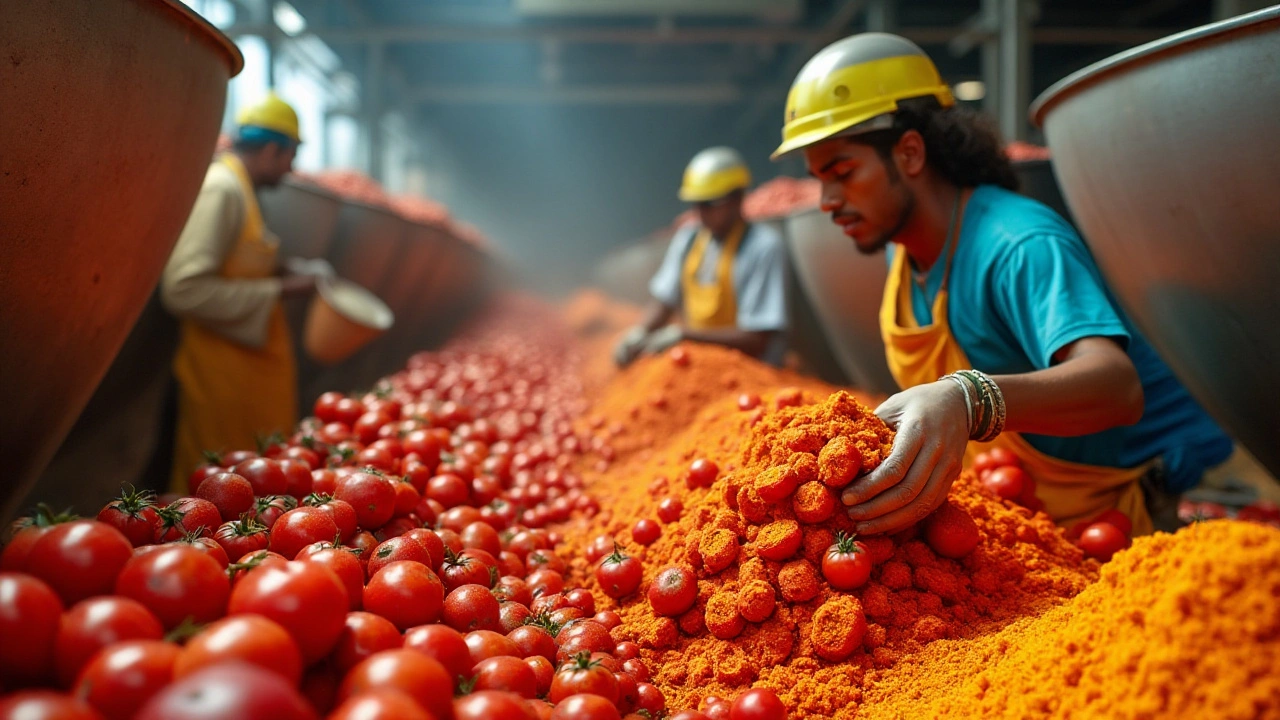
Is India Manufacturing Semiconductors? Latest 2025 Facts & Progress
Explore if India is making semiconductors, what's really happening on the ground, where factories are coming up, and why the chip race matters in 2025.
When working with technology, the collection of tools, methods and knowledge that turn ideas into real products and services. Also known as tech, it powers every breakthrough you see on the factory floor or in a lab.
One key branch is manufacturing technology, the use of automation, robotics and data analytics to streamline production. Another is pharmaceutical technology, advanced processes that enable faster drug development and safer delivery. Industrial automation, the integration of machines, sensors and software to perform repetitive tasks with minimal human input links the two, while sustainable technology, eco‑friendly innovations that reduce waste and energy use influences profitability and regulatory compliance across sectors.
Technology isn’t just a buzzword; it’s the backbone of efficiency, safety and growth. It encompasses manufacturing methods, demands cutting‑edge automation tools, and requires a mindset focused on sustainability. When you combine manufacturing technology with pharmaceutical tech, you get faster product cycles and higher quality standards. Industrial automation fuels both, lowering labor costs and error rates. Sustainable technology then ensures those gains don’t come at the planet’s expense, shaping policy and market demand.
The articles below dive into real‑world examples—from product ideas for startup factories and the rise of Indian pharma leaders, to the fastest ways to flip capital and the biggest global furniture producers. You’ll see how technology drives each story, offering actionable insights you can apply whether you’re launching a new product, scaling a plant, or simply staying ahead of industry trends. Let’s explore the collection and uncover the practical tech strategies that are reshaping Indian manufacturing today.

Explore if India is making semiconductors, what's really happening on the ground, where factories are coming up, and why the chip race matters in 2025.

Food processing units play a critical role in transforming raw ingredients into consumable products. These units are structured in three levels of processing: primary, secondary, and tertiary, each with specific goals and techniques. This article explores each level in detail, highlighting their distinct processes and significance in the food industry. By examining the advancements and efficiency of these processing stages, readers will gain insight into their importance and practical applications.